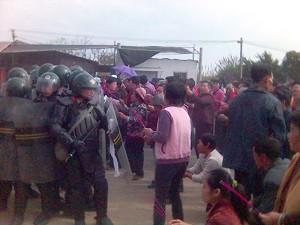It appears that the Chinese regime’s grandiose South–North Water Diversion Project, which aimed to annually transfer billions of cubic meters of freshwater from the Yangtze River in the south, to the arid north, is a massive failure.
First proposed by Mao Zedong in the early 1950s, the idea was later taken up by engineers and bureaucrats as a way to solve the chronic water problems of the north. But looked at from the perspective of either economics or engineering, the megaproject, consisting of three separate routes of canals that snake across the country—eastern, western, and central—is a fiasco. It has already swallowed up more than $79 billion in construction money and is one of the world’s most expensive infrastructure projects.
In some places, the water has to be pumped to lift it to higher elevations, which consumes tremendous amounts of electrical power. This makes the water so expensive that nobody wants to purchase it. But even worse, of the estimated 44.8 billion cubic meters of freshwater the canals were supposed to deliver to the north annually, only a fraction may actually get there due to slow flow rates in parts of the canals.
These issues were put into sharp relief in an analysis on the Chinese Internet published by Ma Kean, a well known researcher of environmental issues in China. He reviewed the results of a trial run of the central route project at the end of 2013–reaching from the upper Han River to Beijing and Tianjin—and convincingly showed how it was a failure. His criticism wasn’t welcomed, however. The failure was covered up, and experts with ties to the regime came out to denounce Ma for his conclusions.

